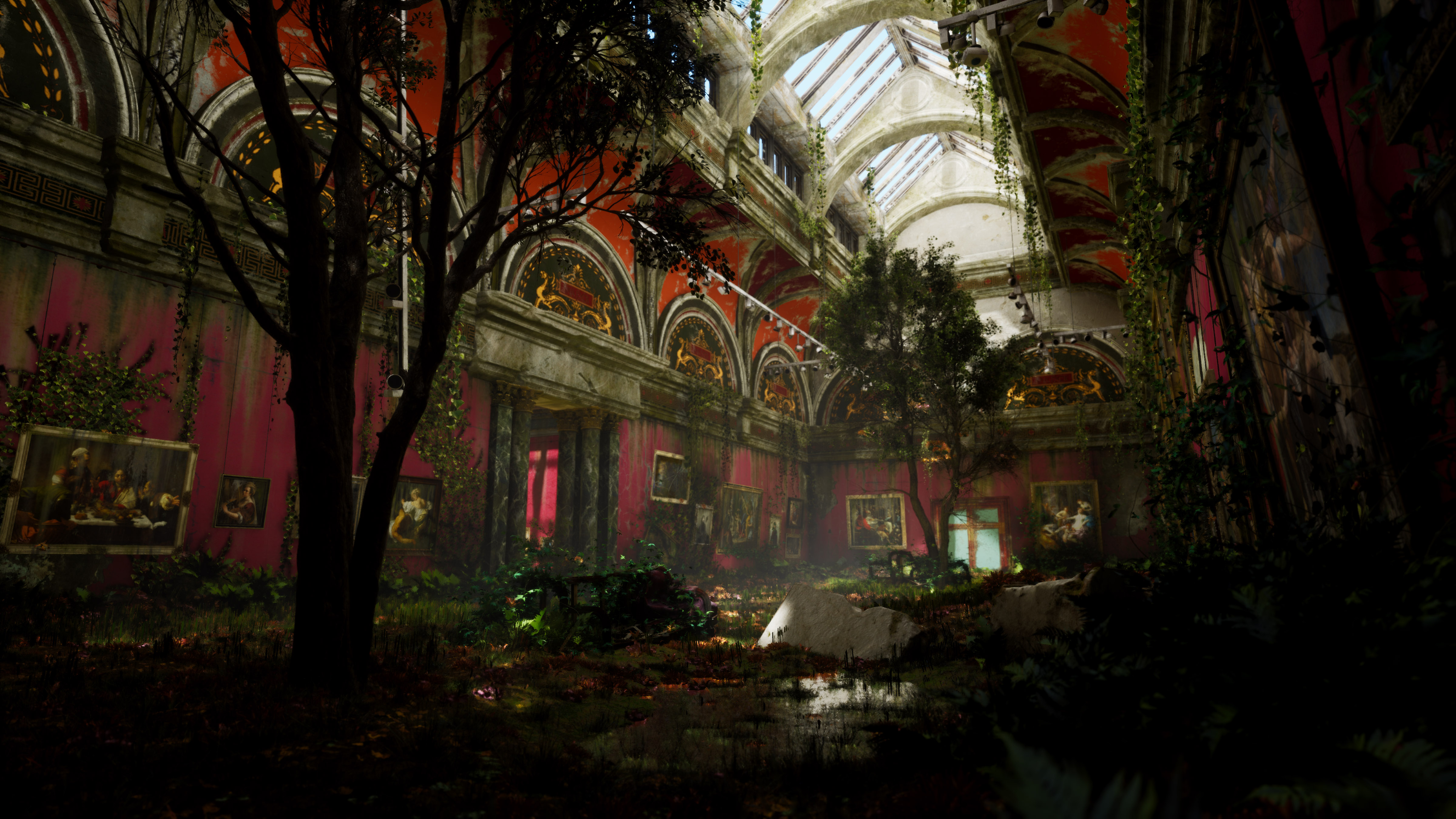The world of Web3 has offered users the opportunity to recreate their digital identity, as well as offering new avenues for creative expression and individuality. This is more the case as non-fungible tokens (NFTs) become more dynamic and customizable.
On February 8, a new project from Snark.art and OG.Art called Heterosis released a collection of dynamic NFT flowers that holders can play and customize.
After the initial minting of the NFT flower, users can browse the largest catalog of flowers available and start “breeding” flowers to create a hybrid species. According to the project announcement, when a new flower trait is discovered, it spreads to the entire population, “just like diversification works in nature.”
Flower pickers who want to hybridize their NFT flower must pay a small fee to the owner of the flower they wish to breed, creating two virtual flower markets. One for selling rare digital flowers and the other for selling DNA traits.
The collection was created by artists Mat Collishaw and Danil Krivoruchko. Collishaw said that he wanted to create a type of art that was not available in any context other than the metaverse.
“These mechanics are essential to the Heterosis project and are especially valuable to us as something that is only possible in a decentralized space.”
Krivoruchko said creating art for an NFT project that has the ability to evolve with different traits was “the most difficult digital art collection” he’s ever worked on.
Related: How to Create an NFT: A Guide to Creating a Non-Fungible Token
Additionally, the flower portion of the NFT garden will be housed in a “metaverse greenhouse”, created by metaverse developers EL-GABAL, which is modeled after a dystopian version of London’s National Gallery.

The greenhouse can be accessed through a computer browser, mobile phone, or virtual reality sets through real-time audiovisual representations that take place in the cloud.






